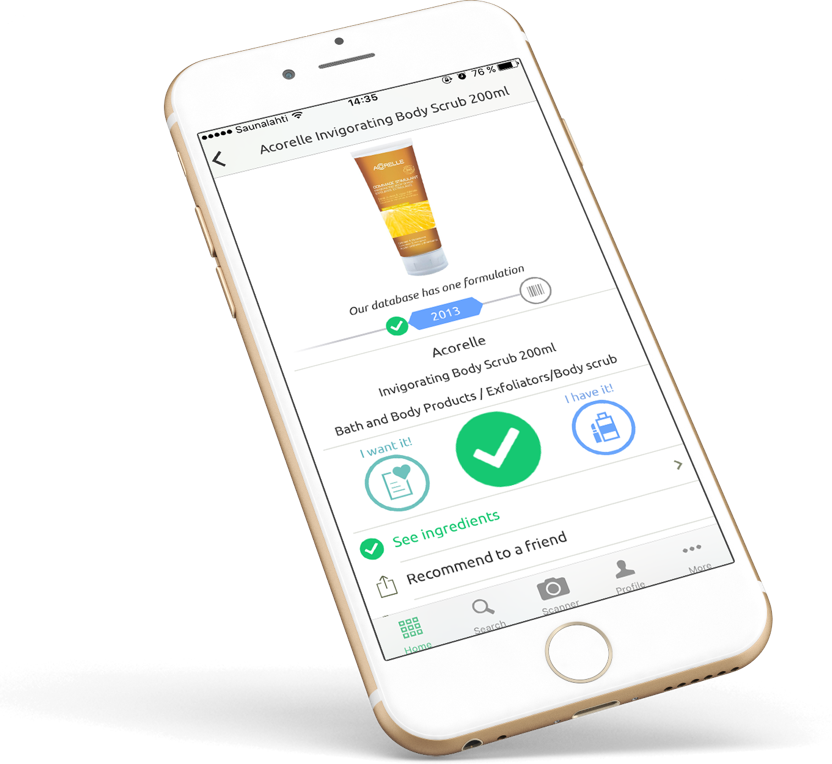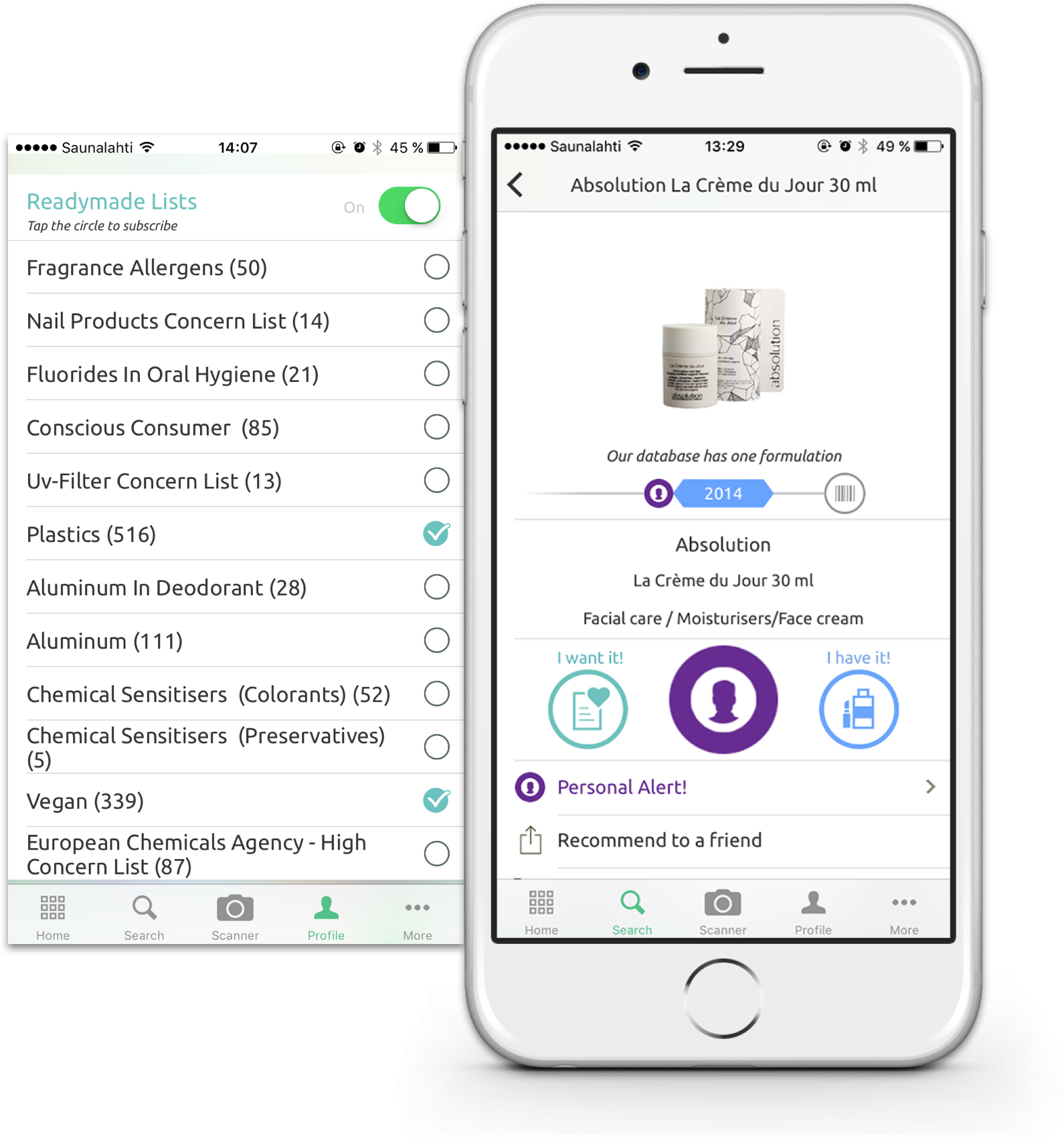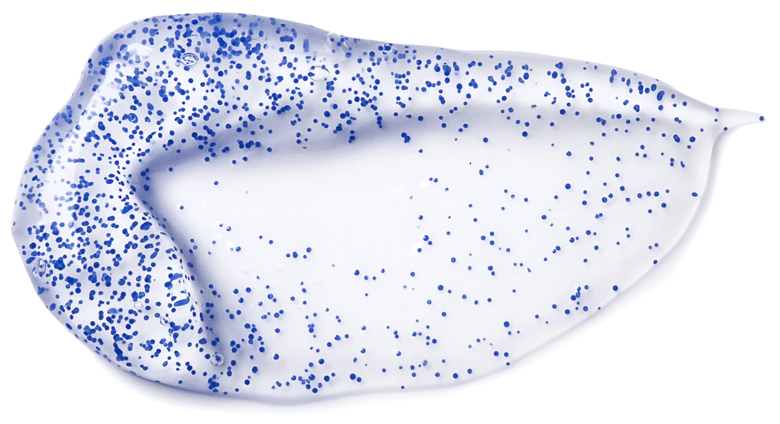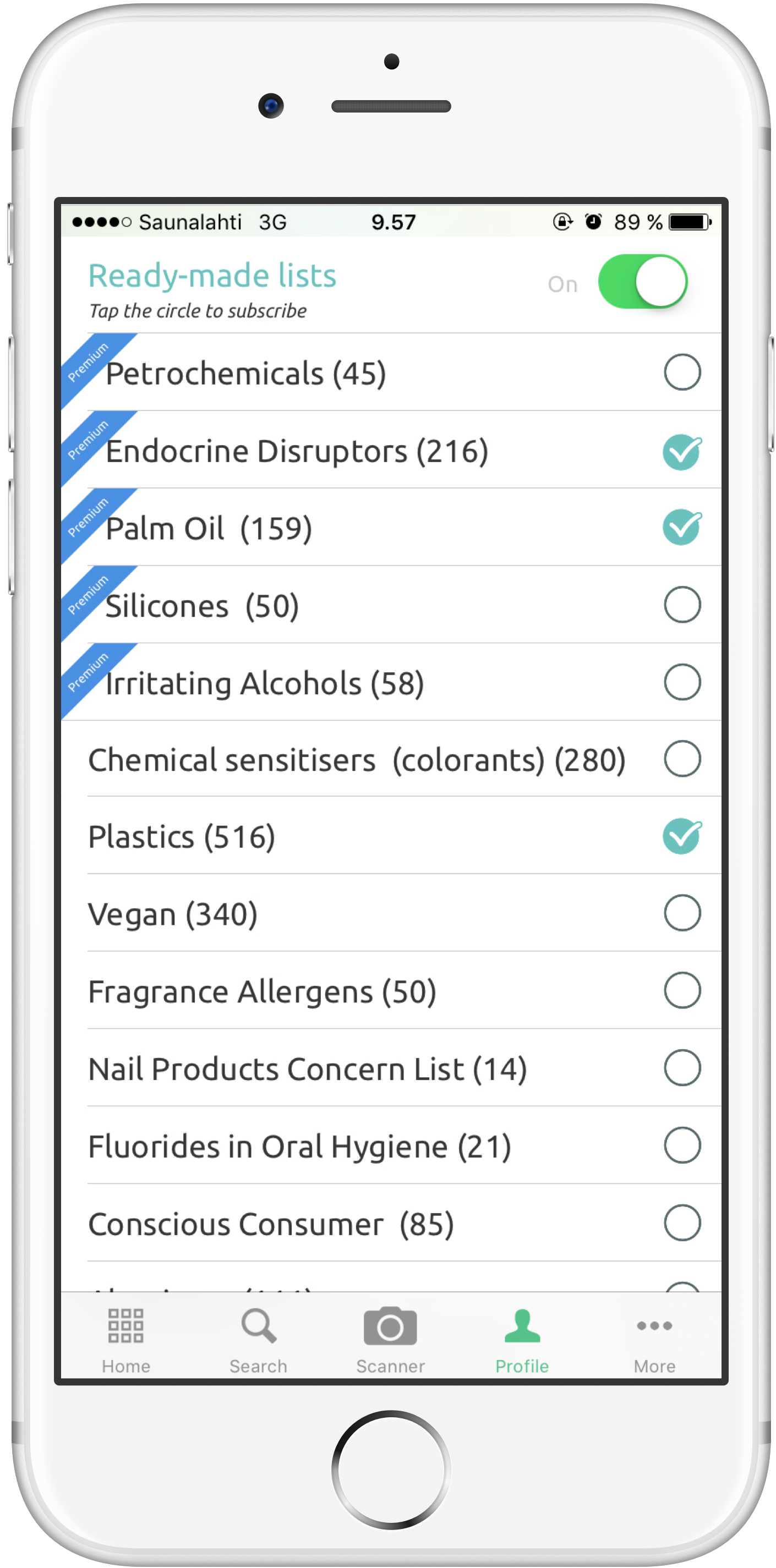According to the World Health Organization, an endocrine disruptor is an “exogenous substance or mixture that alters one or several functions of the endocrine system and consequently causes adverse health effects in an intact organism, or its progeny, or (sub)populations.” (1)
In recent decades, epidemiologist studies have highlighted phenomena that may be related to substances with endocrine properties such as increase in malformations of the male urogenital apparatus at birth, increasing the incidence of testicular cancer or the decrease in sperm quality (2,3,4,5).
However, the mechanisms of interaction with the endocrine system are complex and insufficiently described, which is problematic to affirm or deny their direct relationship with the increase and/or the appearance of certain diseases and disorders. They are indeed characterized by many features that make the research difficult (2, 8).
• Low-dose and non-monotonic effects (more doses are low, most effects are important), One of PE characteristics is that there is no threshold dose below which exposure has no effect (2,7).
• Chronicity (daily exposure, sometimes over several years) and multiple exposures (2)
• Critical periods of exposure (2: 8)
Exposure during pregnancy can cause serious effects such as incomplete and immature organ development, influence sexual differentiation, limit the development of the endocrine system, etc.
A childhood exposure to endocrine disruptors may lead to effects on the development of the reproductive system. This effect persists in the adolescence, with the addition of an effect on mammary glands, ovaries and oocytes to the young women, spermatogenesis to the young man, and secondary sexual characteristics for both sexes.
For adults, the observed effects relate to the production of gametes (ovaries, oocytes and sperm).
• The latency. The exposure to a substance during a period may not show an effect until many years after, the effect might even be transgenerational via an alteration of gene expression mechanisms (6, 8).
• The cocktail effect: individuals are exposed to a multitude of substances that can act synergistically (2, 8).
Although there is no official list of suspected endocrine disruptors, we have compiled information from different institutions and academic research reports in a single list. This does not necessarily mean that there is final proof that the substance is an endocrine disruptor, but there is some evidence of endocrine-disrupting effects in live models. It is important to note that proven endocrine disruptors are already in our default alerts.
- Riou A. Les perturbateurs endocriniens dans les produits cosmétiques Th. D. Pharm., Lyon 1, 2016.
- Réseau environnement santé. Liste SIN : Substitution Immédiate Nécessaire. Dossier de presse. Bruxelles ; 2011.
- Stratégie nationale sur les perturbateurs endocriniens : Les substances expertisées pour l’année 2015. http://www.developpement-durable.gouv.fr/Strategie-nationalesur-Les.html
- Chemsec.org (2015) ChemSec (International Chemical Secretariat). The 32 to leave behind, ChemSec, 2015 [online] Available at : http://chemsec.org/images/The_32_to_leave_behind_-_EDC_folder.pdf [Accessed 2 Nov. 2016]
- Endocrinedisruption.org (2016). TEDX (The Endocrine Disruption Exchange) — List of potential endocrine disruptors used in cosmetics and personal care products . [online] Available at: http://endocrinedisruption.org/endocrine-disruption/tedx-list-of-potential-endocrine-disruptors/chemicalsearch?sname=&x=60&y=21&action=search&sall=1&searchfor=any&scas=&use2=1&searchcats=all [Accessed 31 Oct. 2016].
- Ministry of Environment and Food of Denmark (2016). The EU list of potential endocrine disruptors. [online] Eng.mst.dk. Available at: http://eng.mst.dk/topics/chemicals/endocrine-disruptors/the-eu-list-of-potential-endocrine-disruptors/ [Accessed 3 Nov. 2016].
- World Health Organization’s (WHO) International Program on Chemical Safety (IPCS), 2002
- Multigner L, Kadhel P. Perturbateurs endocriniens, concepts et réalité. Archives des Maladies Professionnelles et de l’Environnement. 2008 ; 69 :710–717
- Comité de la prévention et de la précaution. Les perturbateurs endocriniens : quels risques ? Paris : Ministère de l’écologie et du développement durable ; 2003
- ORS. Les perturbateurs endocriniens. N°10 : Les dossiers santé — environnement de l’ORS. 2013
- WWF. Perturbateurs endocriniens et biodiversité. Rapport de recherche. WWF ; 2011.
cd - Sheehan DM, Willingham E, Gaylor D, Bergeron JM, Crews D. No threshold dose for estradiol-induced sex reversal of turtle embryos : how little is too much ? Environmental Health Perspectives. 1999 ; 170 (2) : 155–159.
- Bourguignon JP, Parent AS. L’origine développementale de la santé et des maladies : Le cas des perturbateurs endocriniens. Journal du Pédiatre Belge. 2010 ; 12(2) : 46–49.
- Screening of available evidence on chemical substances for the identification of endocrine disruptors according to different options in the context of an Impact Assessment ; 123:141, 236:258, 464:476, 477:490 http://ec.europa.eu/health/sites/health/files/endocrine_disruptors/docs/2016_impact_assessment_study_en.pdf






